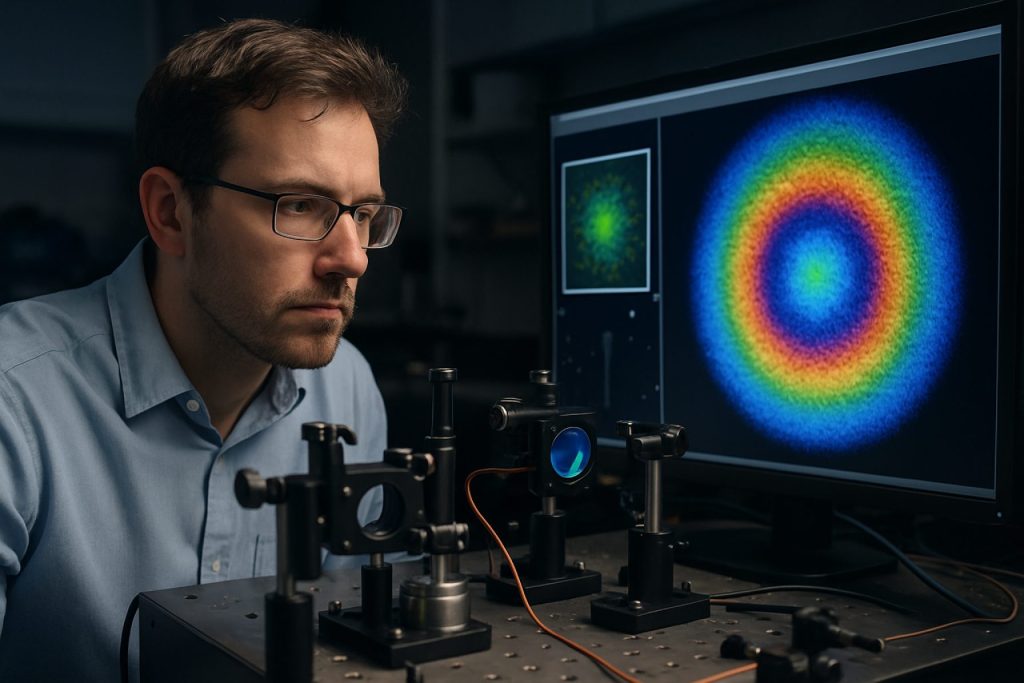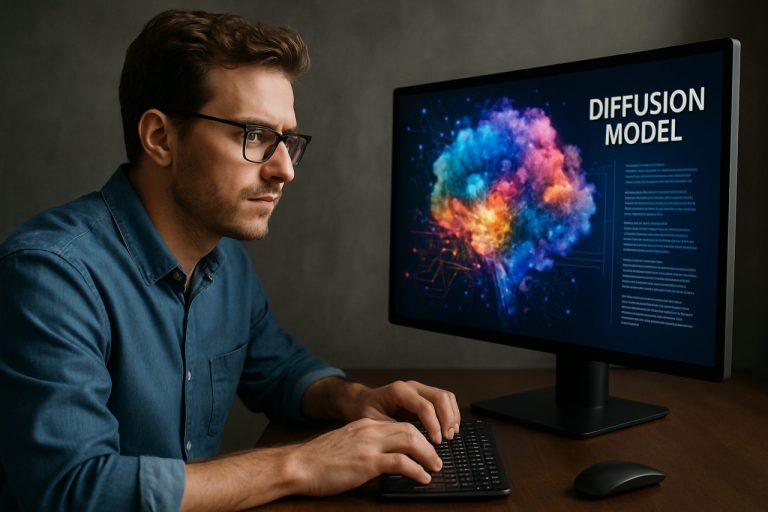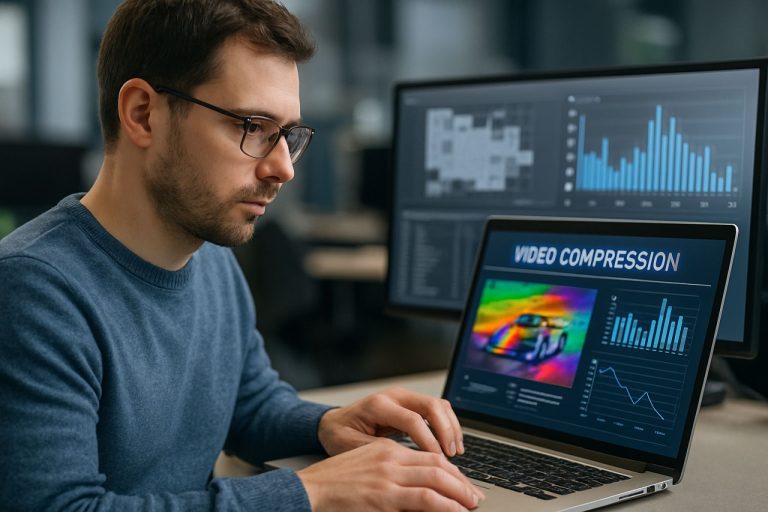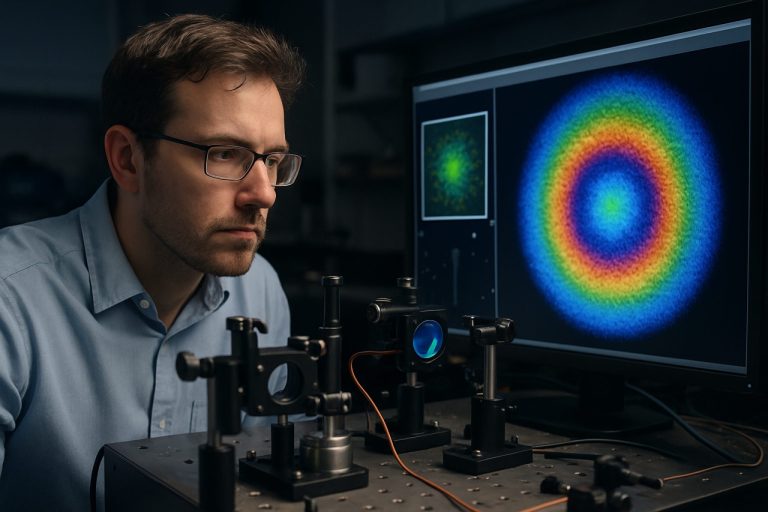
Quantum Imaging Explained: How Quantum Physics is Transforming the Way We See the Invisible. Discover the Breakthroughs Redefining Imaging Technology.
- Introduction to Quantum Imaging
- Fundamental Principles: How Quantum Mechanics Powers Imaging
- Key Technologies and Methods in Quantum Imaging
- Major Breakthroughs and Recent Advances
- Applications: Medicine, Security, and Beyond
- Challenges and Limitations in Quantum Imaging
- Future Prospects: What’s Next for Quantum Imaging?
- Conclusion: The Impact of Quantum Imaging on Science and Society
- Sources & References
Introduction to Quantum Imaging
Quantum imaging is an emerging field at the intersection of quantum optics and imaging science, leveraging quantum properties of light—such as entanglement, superposition, and squeezing—to surpass the limitations of classical imaging techniques. Unlike conventional imaging, which relies on the detection of intensity patterns formed by classical light sources, quantum imaging exploits the non-classical correlations between photons to achieve enhanced resolution, sensitivity, and information extraction. This approach enables applications such as sub-diffraction-limited imaging, low-light-level imaging, and imaging through highly scattering or noisy environments.
One of the foundational concepts in quantum imaging is the use of entangled photon pairs, often generated via spontaneous parametric down-conversion. These photon pairs exhibit correlations that can be harnessed for techniques like quantum ghost imaging, where an image is reconstructed using photons that have never directly interacted with the object. Such methods demonstrate the potential of quantum resources to extract information in scenarios where classical light would fail or be highly inefficient.
Recent advances in quantum imaging have led to the development of quantum-enhanced microscopes, quantum lidar, and novel medical imaging modalities. These technologies promise significant improvements in spatial resolution, signal-to-noise ratio, and robustness against environmental noise. As research progresses, quantum imaging is expected to play a transformative role in fields ranging from fundamental physics to biomedical diagnostics and remote sensing, as highlighted by organizations such as the Nature Publishing Group and the National Institute of Standards and Technology (NIST).
Fundamental Principles: How Quantum Mechanics Powers Imaging
Quantum imaging leverages the fundamental principles of quantum mechanics—such as superposition, entanglement, and quantum correlations—to surpass the limitations of classical imaging systems. At its core, quantum imaging exploits the non-classical properties of light, particularly the entanglement between photon pairs, to extract information that would otherwise be inaccessible or obscured by noise in conventional techniques. For example, in quantum entanglement, two or more photons are generated in such a way that their properties are intrinsically linked, regardless of the distance separating them. This allows for phenomena like “ghost imaging,” where an image can be reconstructed using photons that never directly interact with the object being imaged, relying instead on the correlations between entangled photon pairs Nature Photonics.
Another key principle is quantum superposition, which enables photons to exist in multiple states simultaneously. This property is harnessed in techniques such as quantum interferometry, where the interference patterns of single photons or entangled photon pairs can reveal minute details about a sample with precision beyond the classical diffraction limit National Institute of Standards and Technology (NIST). Additionally, quantum correlations can be used to reduce noise and enhance image contrast, a process known as “quantum noise reduction,” which is particularly valuable in low-light or high-background environments.
These quantum mechanical effects collectively enable imaging modalities with higher resolution, improved sensitivity, and novel capabilities, such as imaging through opaque media or at wavelengths where conventional detectors are inefficient. As research advances, the integration of quantum principles into imaging continues to open new frontiers in both fundamental science and practical applications Optica (formerly OSA).
Key Technologies and Methods in Quantum Imaging
Quantum imaging leverages unique quantum properties of light—such as entanglement, squeezing, and photon antibunching—to surpass classical imaging limits in resolution, sensitivity, and information extraction. Several key technologies and methods underpin this rapidly advancing field.
One foundational technique is quantum entanglement-based imaging, where pairs of entangled photons are generated using nonlinear crystals via spontaneous parametric down-conversion. These photon pairs enable protocols like ghost imaging, where an image is reconstructed by correlating detections from two spatially separated beams, even if only one beam interacts with the object. This method allows imaging through noisy or scattering environments and can operate with extremely low light levels, making it valuable for sensitive biological samples and covert imaging applications (National Institute of Standards and Technology).
Quantum illumination is another prominent method, using entangled or correlated photons to detect objects in the presence of strong background noise. Unlike classical radar or lidar, quantum illumination can maintain a detection advantage even when entanglement is lost due to environmental decoherence (Massachusetts Institute of Technology).
Additionally, quantum-enhanced microscopy employs squeezed light to reduce quantum noise below the shot-noise limit, improving sensitivity in phase and absorption measurements. This is particularly impactful in biological imaging, where minimizing light exposure is crucial (Nature Photonics).
Emerging methods also include single-photon avalanche diodes (SPADs) and superconducting nanowire single-photon detectors (SNSPDs), which enable high-efficiency, low-noise photon detection essential for quantum imaging experiments (National Institute of Standards and Technology).
Major Breakthroughs and Recent Advances
Quantum imaging has witnessed remarkable breakthroughs in recent years, driven by advances in quantum optics, entanglement, and single-photon detection technologies. One of the most significant achievements is the demonstration of quantum ghost imaging, where an image is reconstructed using photons that have never interacted with the object. This technique leverages quantum correlations between entangled photon pairs, enabling imaging through noisy or turbid environments and even around corners, which is not possible with classical methods (National Institute of Standards and Technology).
Another major advance is the development of sub-shot-noise imaging, which surpasses the classical shot-noise limit by exploiting quantum states of light such as squeezed states. This allows for higher sensitivity and lower noise in applications like biological imaging and low-light scenarios (Nature Photonics). Additionally, quantum illumination protocols have shown resilience to background noise, making them promising for secure target detection and remote sensing (Defense Advanced Research Projects Agency).
Recent progress in quantum-enhanced super-resolution has enabled imaging beyond the classical diffraction limit, using entangled photons or quantum interference effects. This has profound implications for microscopy and nanotechnology (Nature Photonics). Furthermore, the integration of quantum imaging techniques with emerging quantum computing and communication platforms is paving the way for new applications in secure information transfer and advanced sensing networks.
Applications: Medicine, Security, and Beyond
Quantum imaging is rapidly transitioning from theoretical research to practical applications, with significant implications across medicine, security, and other fields. In medicine, quantum imaging techniques such as quantum-enhanced microscopy and ghost imaging offer the potential for non-invasive, high-resolution visualization of biological tissues. These methods can surpass classical limits of resolution and sensitivity, enabling earlier detection of diseases and improved imaging of delicate samples without damaging them. For example, quantum correlations between photons can be exploited to reduce noise and enhance contrast in medical images, which is particularly valuable in low-light or low-dose scenarios Nature Photonics.
In security and defense, quantum imaging provides new capabilities for surveillance and object detection. Quantum illumination, a technique that uses entangled photons, can detect objects in noisy or lossy environments where classical radar or lidar systems struggle. This makes it highly attractive for applications such as secure surveillance, target identification, and even covert imaging, as quantum protocols can reveal objects with minimal risk of interception or jamming Defense Advanced Research Projects Agency (DARPA).
Beyond these domains, quantum imaging is being explored for applications in materials science, remote sensing, and quantum communications. For instance, it can be used to characterize nanomaterials with unprecedented precision or to transmit images securely over quantum networks. As quantum technologies mature, the range of practical applications for quantum imaging is expected to expand, driving innovation across multiple sectors Nature.
Challenges and Limitations in Quantum Imaging
Quantum imaging, while promising unprecedented resolution and sensitivity, faces several significant challenges and limitations that currently hinder its widespread adoption and practical deployment. One of the primary obstacles is the generation and detection of quantum states of light, such as entangled photon pairs or squeezed states, which require sophisticated and often bulky equipment. The efficiency of photon sources and detectors remains limited, with losses and noise significantly degrading the quantum advantage in real-world scenarios. For instance, photon losses in optical fibers or imperfect detector efficiencies can quickly erode the quantum correlations necessary for enhanced imaging performance.
Another major challenge is scalability. Most quantum imaging demonstrations have been confined to laboratory settings with carefully controlled conditions and small-scale systems. Scaling these techniques to larger, more complex imaging tasks—such as those required in medical diagnostics or remote sensing—remains a formidable technical hurdle. Environmental factors, such as thermal noise and atmospheric turbulence, can further disrupt delicate quantum states, reducing the reliability and robustness of quantum imaging outside the lab.
Additionally, the integration of quantum imaging systems with existing classical imaging infrastructure poses both technical and economic challenges. The high cost and complexity of quantum optical components, as well as the need for specialized expertise, limit accessibility and slow down commercialization efforts. Ongoing research is focused on developing more robust, efficient, and user-friendly quantum sources and detectors, as well as error-correction techniques to mitigate the effects of noise and loss Nature Photonics, National Institute of Standards and Technology (NIST).
Future Prospects: What’s Next for Quantum Imaging?
Quantum imaging stands at the threshold of transformative advances, with future prospects promising to reshape both fundamental science and practical applications. As quantum technologies mature, researchers anticipate significant improvements in image resolution, sensitivity, and information extraction, surpassing classical limits. One key direction is the integration of quantum imaging with quantum computing and communication networks, enabling secure, high-fidelity transmission and processing of visual data. This could revolutionize fields such as biomedical imaging, where quantum-enhanced techniques may allow for non-invasive diagnostics at the molecular or even atomic scale, reducing exposure to harmful radiation and improving early disease detection.
Another promising avenue is the development of quantum sensors and cameras capable of operating in challenging environments, such as low-light or high-noise conditions. These devices could find applications in astronomy, remote sensing, and security, where traditional imaging struggles. The use of entangled photons and quantum correlations is expected to further boost imaging capabilities, enabling techniques like super-resolution and ghost imaging to become more practical and robust.
However, several challenges remain, including the need for scalable, reliable sources of entangled photons, integration with existing imaging infrastructure, and the development of user-friendly quantum devices. Ongoing research and investment from both public and private sectors are accelerating progress, with initiatives from organizations such as the National Science Foundation and the European Quantum Communication Infrastructure driving innovation. As these hurdles are overcome, quantum imaging is poised to become a cornerstone technology in the coming decades, unlocking new possibilities across science, medicine, and industry.
Conclusion: The Impact of Quantum Imaging on Science and Society
Quantum imaging stands at the forefront of a technological revolution, offering capabilities that far surpass those of classical imaging systems. By harnessing quantum phenomena such as entanglement and superposition, quantum imaging enables unprecedented resolution, sensitivity, and information extraction, even in challenging environments where traditional methods fail. These advances are already influencing fields as diverse as biomedical diagnostics, remote sensing, and secure communications. For example, quantum-enhanced microscopes can visualize biological structures at the molecular level without damaging samples, while quantum lidar systems promise safer and more accurate autonomous navigation in low-visibility conditions (Nature Photonics).
Beyond technical achievements, the societal implications of quantum imaging are profound. In medicine, earlier and more accurate disease detection could save countless lives. In security, quantum imaging may enable new forms of surveillance and authentication, raising both opportunities and ethical questions. Furthermore, the development of quantum imaging technologies is driving interdisciplinary collaboration, fostering innovation across physics, engineering, and computer science (National Academies of Sciences, Engineering, and Medicine).
As quantum imaging matures, its integration into commercial and public sectors will likely accelerate, reshaping industries and research paradigms. However, realizing its full potential will require continued investment in research, education, and infrastructure, as well as thoughtful consideration of privacy and security concerns. Ultimately, quantum imaging exemplifies how quantum science can transform both our understanding of the world and the tools we use to explore it.
Sources & References
- Nature Publishing Group
- National Institute of Standards and Technology (NIST)
- Massachusetts Institute of Technology
- Defense Advanced Research Projects Agency
- National Science Foundation
- National Academies of Sciences, Engineering, and Medicine



